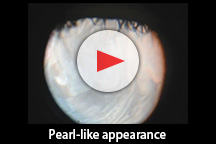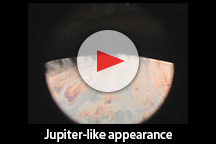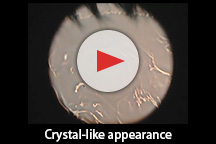A theory on the compensatory response of tear film:
DR-1α reveals a balance between water and lipids
DR-1α reveals a balance between water and lipids
Tear film consists of a lipid layer and an aqueous layer. Disruption of the homeostasis of the lipid layer and the aqueous layer results in dry eye. In a study using DR-1α® (Kowa, Japan), the LIME Working Group (IOVS, 2016) found that tear film can be classified into 3 types based on the balance between the lipid layer and the aqueous layer (insufficient water or insufficient lipids), the interference pattern, and the non-invasive breakup time (NIBUT) (Fig. 1).
Fig. 1: 3 types of eyes
(from the left: a normal eye, aqueous-deficient dry eye, evaporative dry eye)
Shown here (Fig. 1) from the left are a normal eye, aqueous-deficient dry eye (insufficient water), and evaporative dry eye (insufficient lipids).
These 3 types are defined as follows.
Concepts linked to treatment
Dry eye is classified as aqueous deficient dry eye or evaporative dry eye as shown in the figure below(Fig. 2). The 2 types of dry eye have different pathologies as well as different treatments. The 2 types cannot be diagnosed based solely on a patient’s dry eye symptoms; instead, dry eye is diagnosed as aqueous deficient or evaporative form based on a comprehensive examination of numerous tear film parameters. However, DR-1α is very helpful in differentiating whether water is insufficient or lipids are insufficient.
This allows a definitive selection of a treatment option for dry eye that is appropriate for the patient’s condition. An examination using DR-1α can also be used to explain a patient’s condition to him or her using video and images.
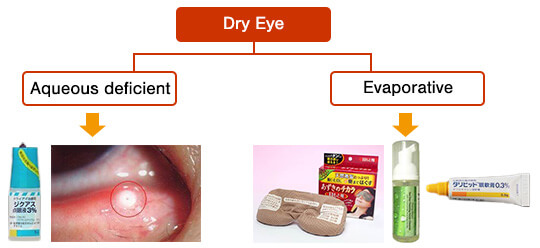
Fig. 2: Classification of dry eye
Evidence of the theory of a two-way compensatory response in tear film
In a previous multi-center study featured in Ophthalmology (2015), the LIME Working Group documented evidence of a theory of a compensatory response in tear film. We posited that this compensatory response was one-way, i.e. insufficient lipids would result in dry eye and increased water would maintain homeostasis in tear film.
However, the compensatory response seems not just one-way! To improve the compensation theory in tear film, The LIME Working Group teamed up with Drs. Seo and Chung from South Korea to obtain international evidence of a two-way compensatory response in tear film. Two parameters, the thickness of the lipid layer according to the LipiView and the Schirmer test, helped to provide that evidence (Fig. 3-a, b).
These parameters are closely correlated with the interference patterns revealed by DR-1α.
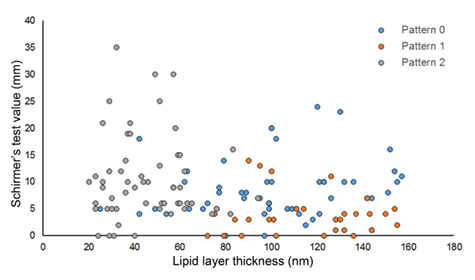
Fig. 3-a: The thickness of the lipid layer according to the LipiView and the Schirmer test
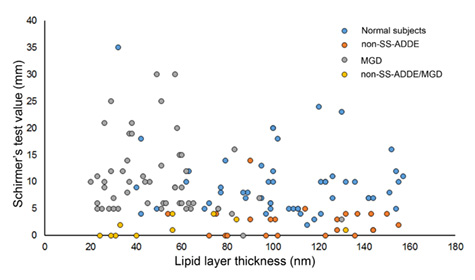
Fig. 3-b: The thickness of the lipid layer according to the LipiView and the Schirmer test
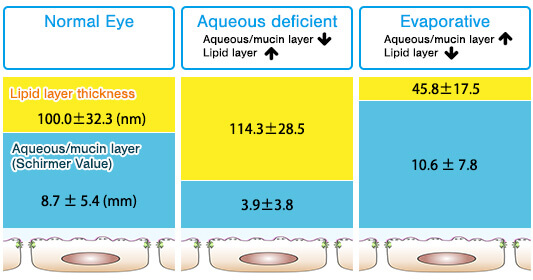
Interactive Compensation theory in tear film


